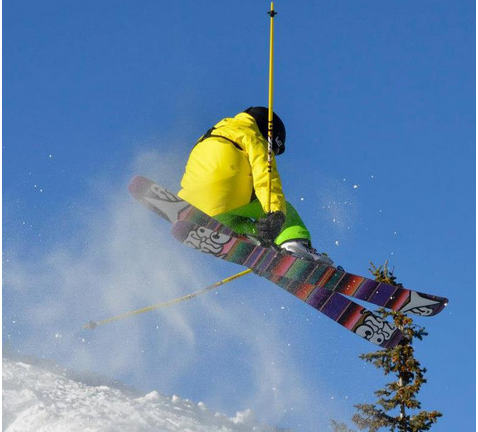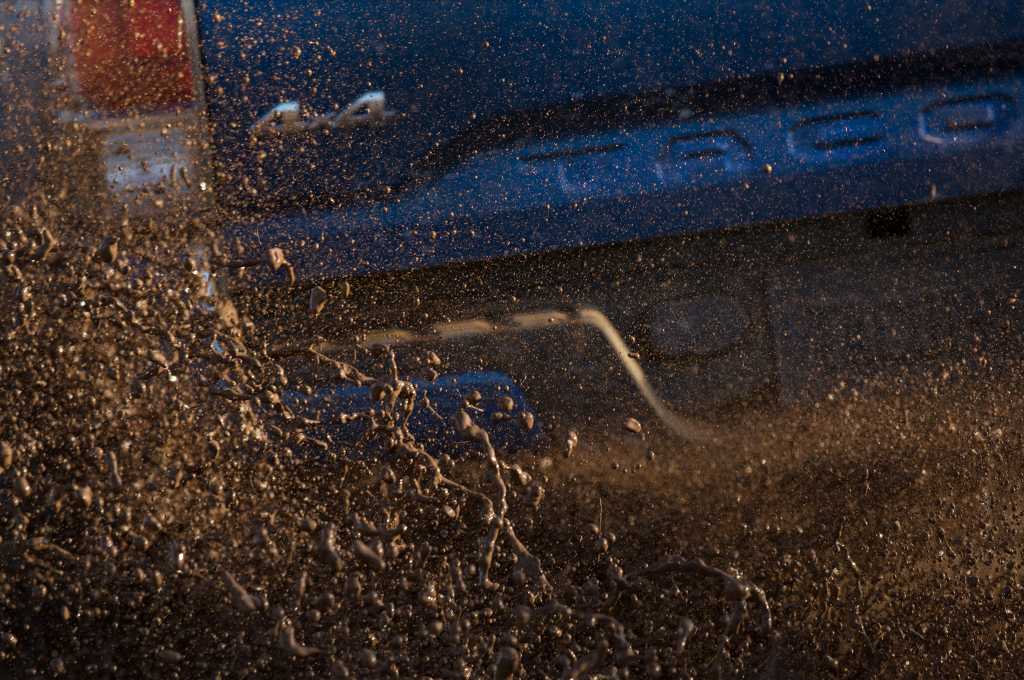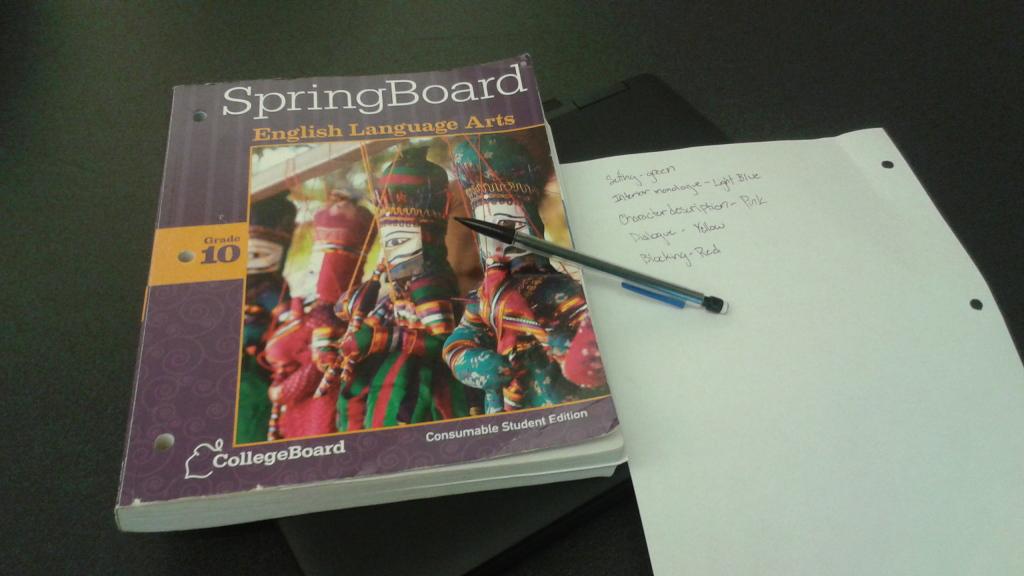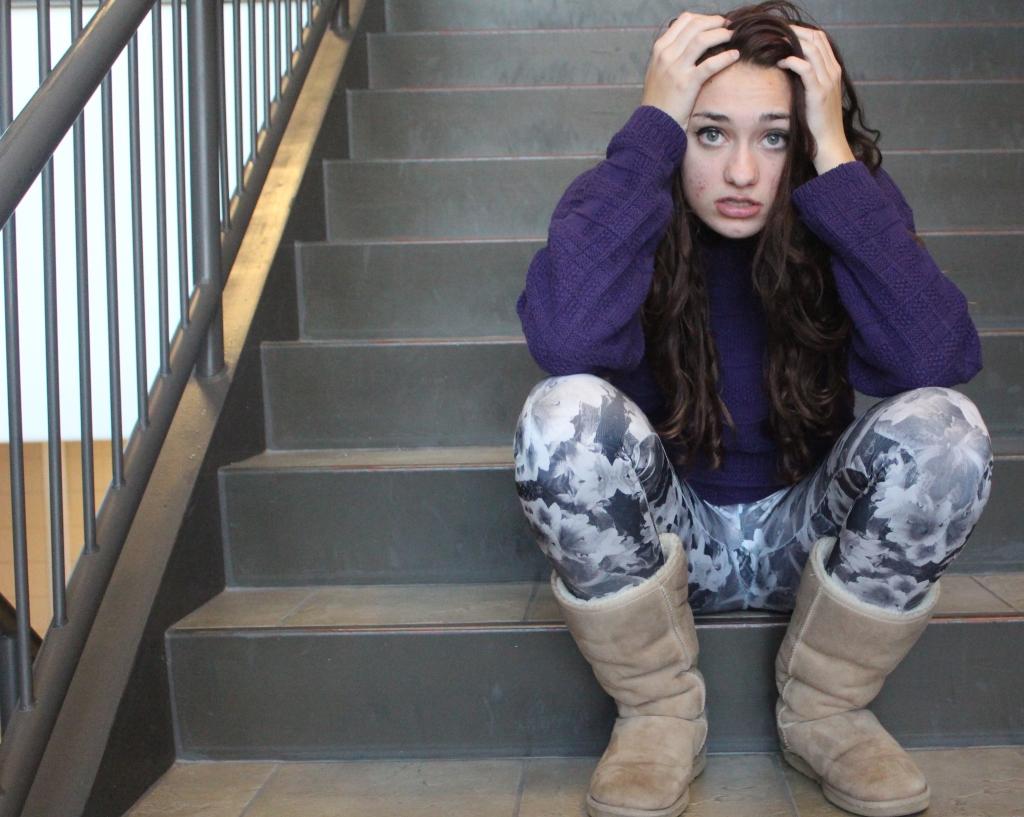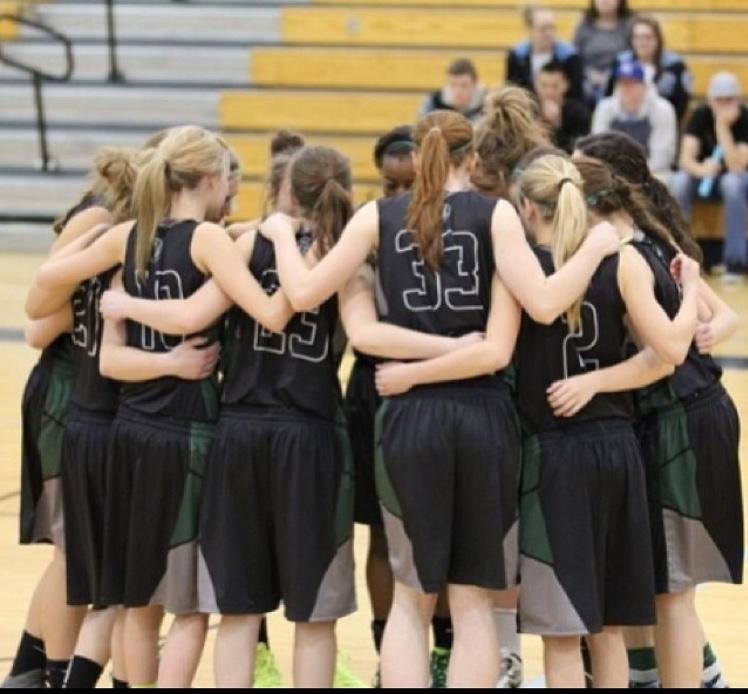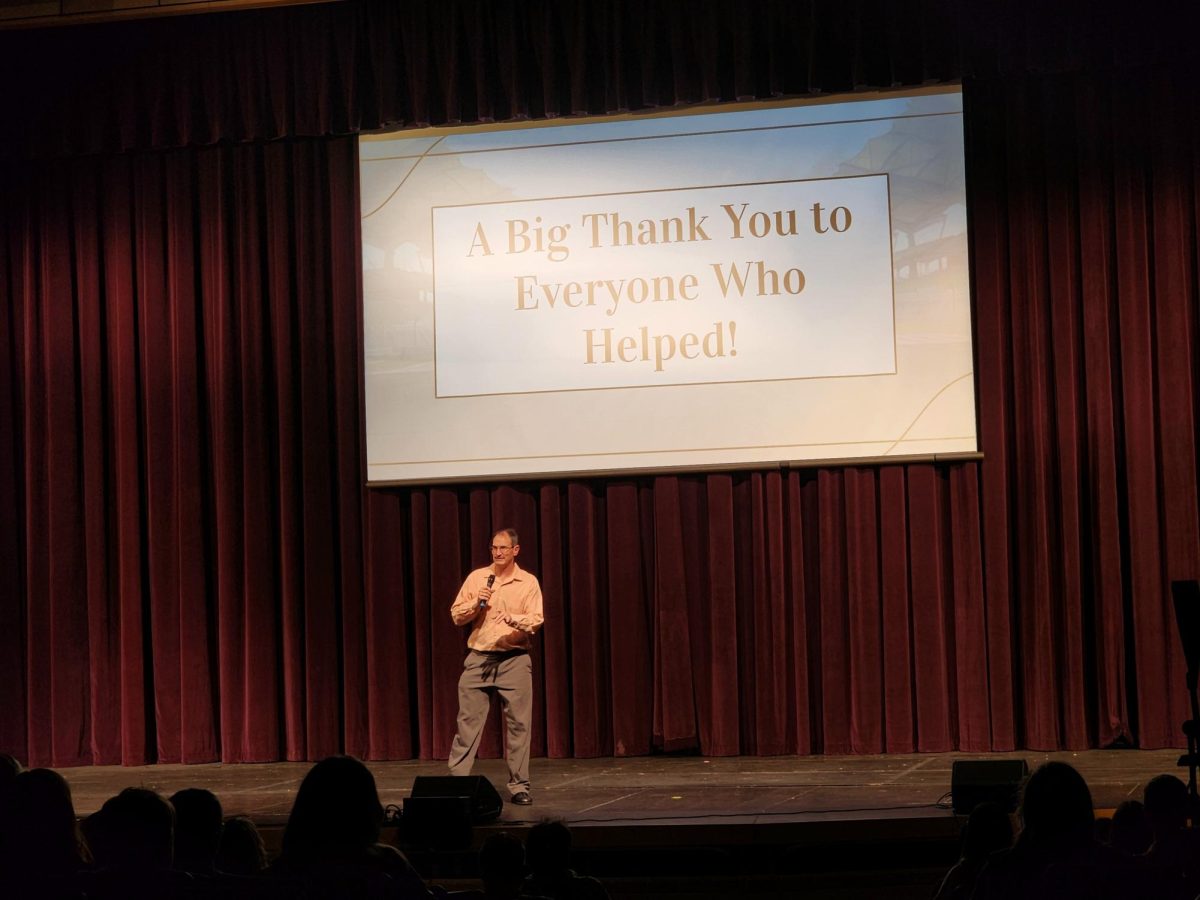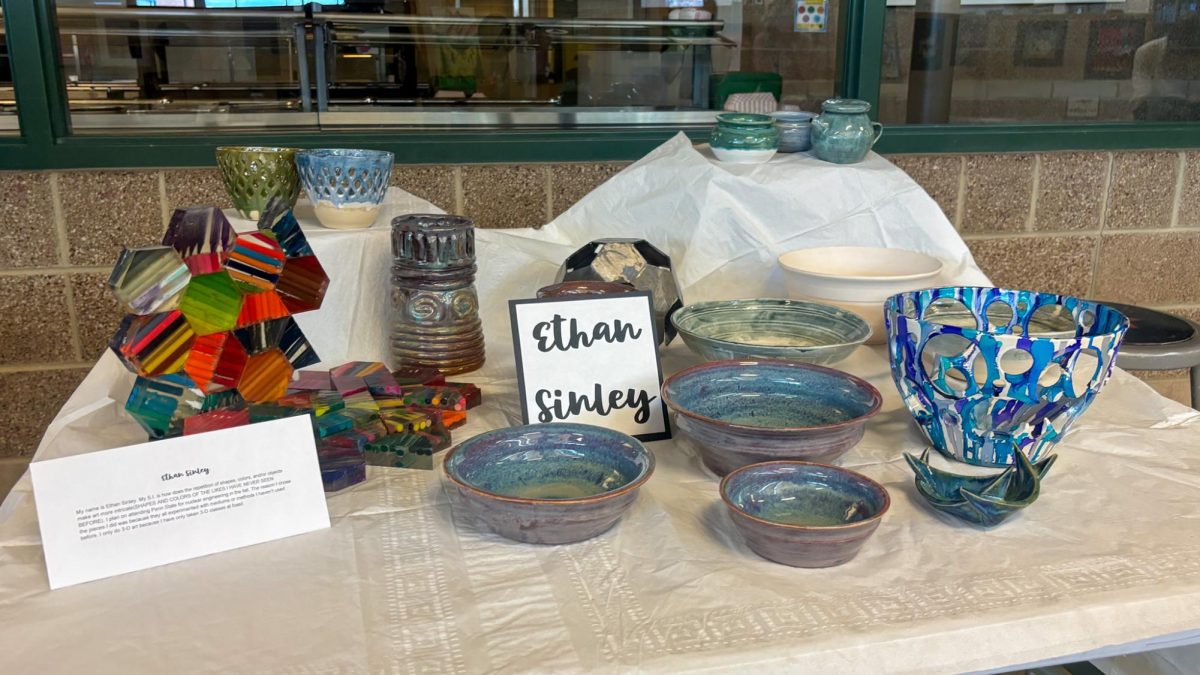The difference between dubstep, house, trap and other EDM genres:
For those who are electronic-music-inept or just plain old, this will give you some hints as to the difference between dubstep, house, and trap music.
House: The sound was born in Chicago in the early 80′s, and takes influences from the percussion found in the highly popular disco music of the day, as most producers of this genre focused their tracks around a repetitive rhythm. That rhythm is basically what what all tracks are built around which is “four to the floor” or a repetitive 4/4 beat. Sound-wise all this means is that there is a kick drum on every beat, which is often accompanied and various hi-hat patterns filling out the rest of the track. House is defined by a funky and soulful sound with influences from both disco and jazz. As house music began to swim in the mainstream, a multiplicity of sub-genres sprung up, with new aspects including melodies, vocals, synths, and rapping laid on top. To identify House, look for that tell tale 4/4 kick underpinning the track which eventually drops out as the song builds up to a crescendo, and finally comes back bigger and louder while everyone waves their hands in the air and has a good old party.
Notable House Artists: Avicii, David Guetta, Swedish House Mafia and Armin van Buuren.
Dubstep:
Dubstep was born around the turn of the century as an underground reaction to the commercialization of UK garage music, which had been seen to have moved away from it’s darker instrumental sound to a more vocal based and radio friendly sound. Producers who were predominantly based in South London started to create experimental instrumental remixes, called “dubs” and from these humble beginnings, dubstep was born. By the time the term “dubstep” was beginning to be used and showcased alongside other forward-thinking music at clubs, some producers had taken the stylistic basis of these remixes and began to create original tracks. These dark, sparse, bass heavy productions served as the launchpad for all manners of experimentation and introduction of new influences, but remain a blueprint for the dubstep sound. The hallmarks of dubstep are, a syncopated rhythm, with a “shuffling feel”, which is partly caused by the snare or clap on the third beat of every bar, and of course lots of bass – either ribcage rattling sub-bass, or the now more typical, oscillating wobble bass.As dubstep has moved from underground hype to radio play, then across the globe and eventually into the sphere of popular music, it has been a hotbed for innovation and experimentation with genre lines being blurred, and producers stepping out from the darkness of minimal 2-step dubs and adding colourful synths, rhythmic variations, vocals and anything else the artist can think of.
Notable artists: Bassnectar, Rusko, Steve Aoki, Zedd and Zeds Dead.
Brostep: Since the creation of dubstep, there have been several offshoots from the original sound, but the most popular is the aggressive, harsh sound that has been dubbed “brostep”. Brostep has hence captured a large portion of the weekend night club scene in the UK, but the sound has been taken to extremes by American producers, and thus become a very mainstream style of Dance music in the US, (appealing especially to those college bros). As far as the composition, brostep has the same basic song structure as dubstep, but the traditional sub-bass is replaced by robotic sounding frequencies, which sound somewhat similar to electrical guitar in heavy metal. This correlation with heavy metal also extends to the feel of the songs, which are lurching and seem more suited to a rowdy festival mosh pit than a dark, intimate club. Brostep has been divisive because many new fans have seemed to decide that “dubstep equals skrillex,” which continues to cause arguments about the authenticity of what is being called dubstep. Yet there is always anger associated with the uncovering of a once underground scene to the mass market, because some of the “original fans” believe they are more entitled and that the “new fans” don’t actually listen to the authentic genre. Either way, brostep is here to stay and has morphed into the mainstream and songs of many pop artists.
Notable artists: Krewella, Skrillex, Modestep, Au5 and Borgore
Techno: Basically, techno is what people call electronic music if they have no idea what electronic music is. The truth is that techno is a relatively small sub genre that is very difficult to get into and lacks mainstream popularity, especially in America. Though techno has also been a major cornerstone for modern dance music, which has led to the application of the title to a larger movement, though it’s an apt misnomer. The music itself is all about the progression. These are the songs that can last 20 minutes and generally sound like they’re just going “untz untz untz” for an extended period of time. Techno also incorporates loops, which means the song will basically have the same sounds over and over again. The catch is that minimalist changes are added constantly, which has the ability to move the song from one place to another very gradually. It’s definitely a genre of music you have to work to “get,” but there is a very dedicated group of supporters behind techno that claim that the best artists within the movement are producing genius work as far as electronic composition.
Notable Artists: Carl Cox, Underground Resistance and Paul Oakenfold.
Other genres:


